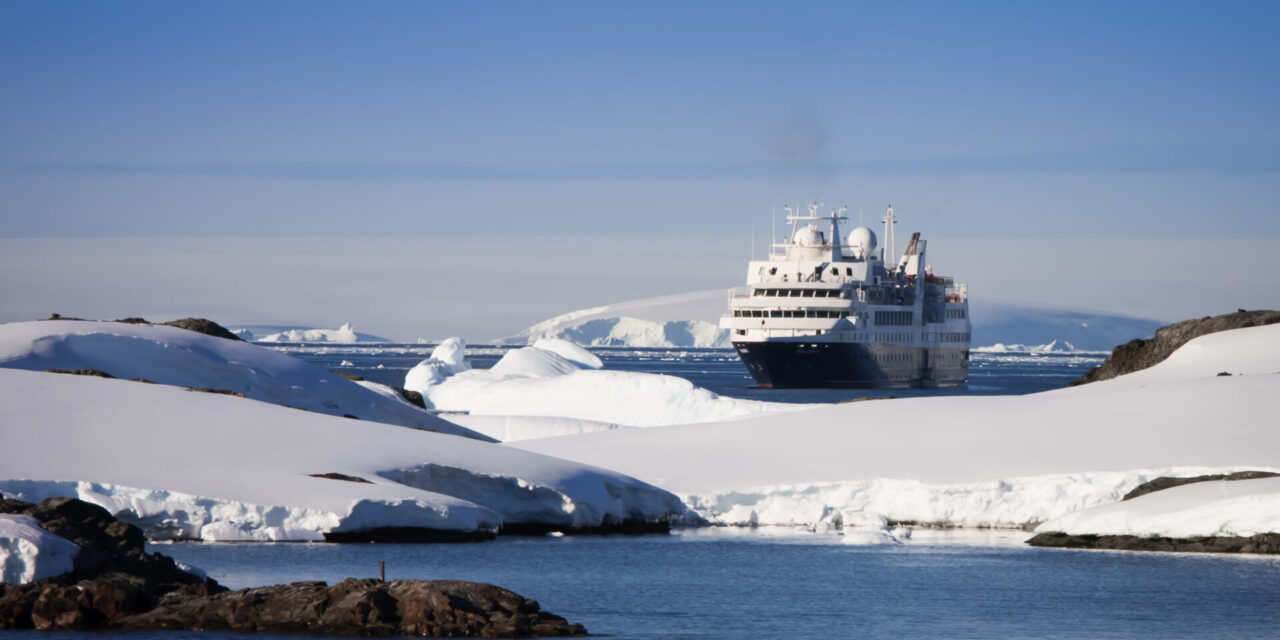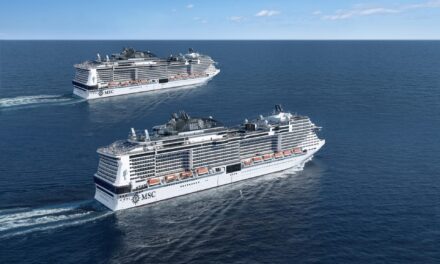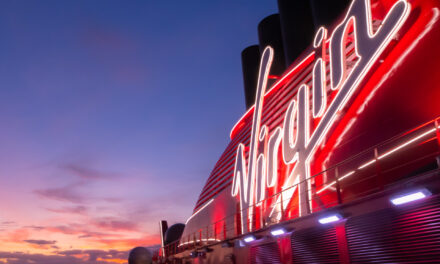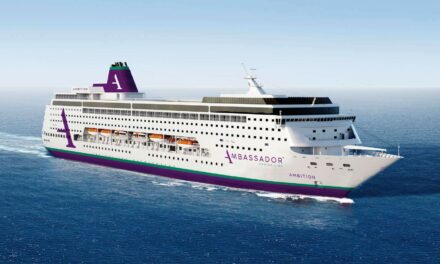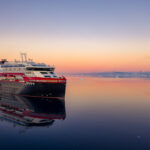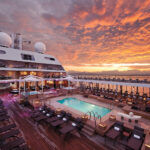Expedition cruises are gaining popularity as more people seek to explore far-flung corners of the world and have once-in-a-lifetime experiences. However, expedition cruises differ in several ways from your traditional holiday cruise; if you go expecting a similar experience onboard, you may be surprised.
If you’re considering going on an expedition cruise and are wondering whether it is right for you, keep reading as we share all you need to know before booking.
What is an expedition cruise?
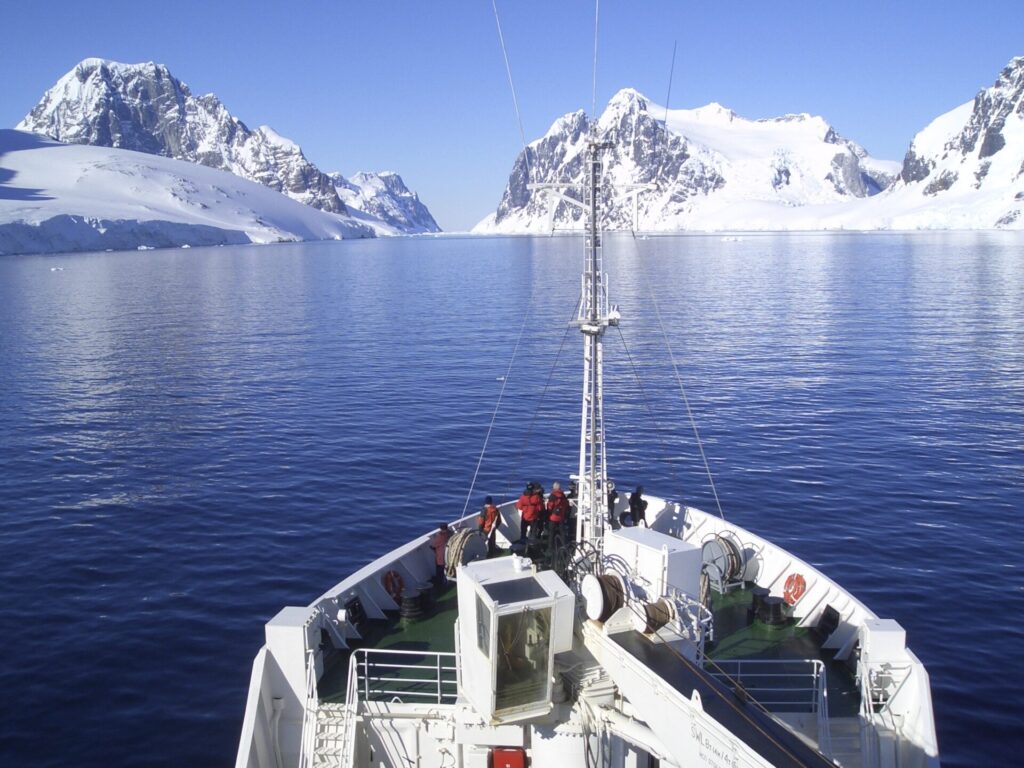
Expedition cruising is your more adventurous version of cruising. Although it has become more luxurious in recent years, the focus is still primarily on discovering extraordinary destinations.
Often expedition cruises will also have an environmental or sustainability thread, providing the opportunity to learn more about endangered wildlife, unique landscapes or local culture.
One of the key differences between expedition and traditional cruises is the size of the ships. Expedition vessels tend to take at most 500 guests. Although, generally, it’s between 100 to 200 and sometimes only a dozen or so.
These smaller vessels allow you to visit locations that large cruise ships cannot access. You’ll also often get to explore these remote areas close-up, disembarking onto Zodiac landing craft to reach the shorelines.
Where do expedition cruises sail?
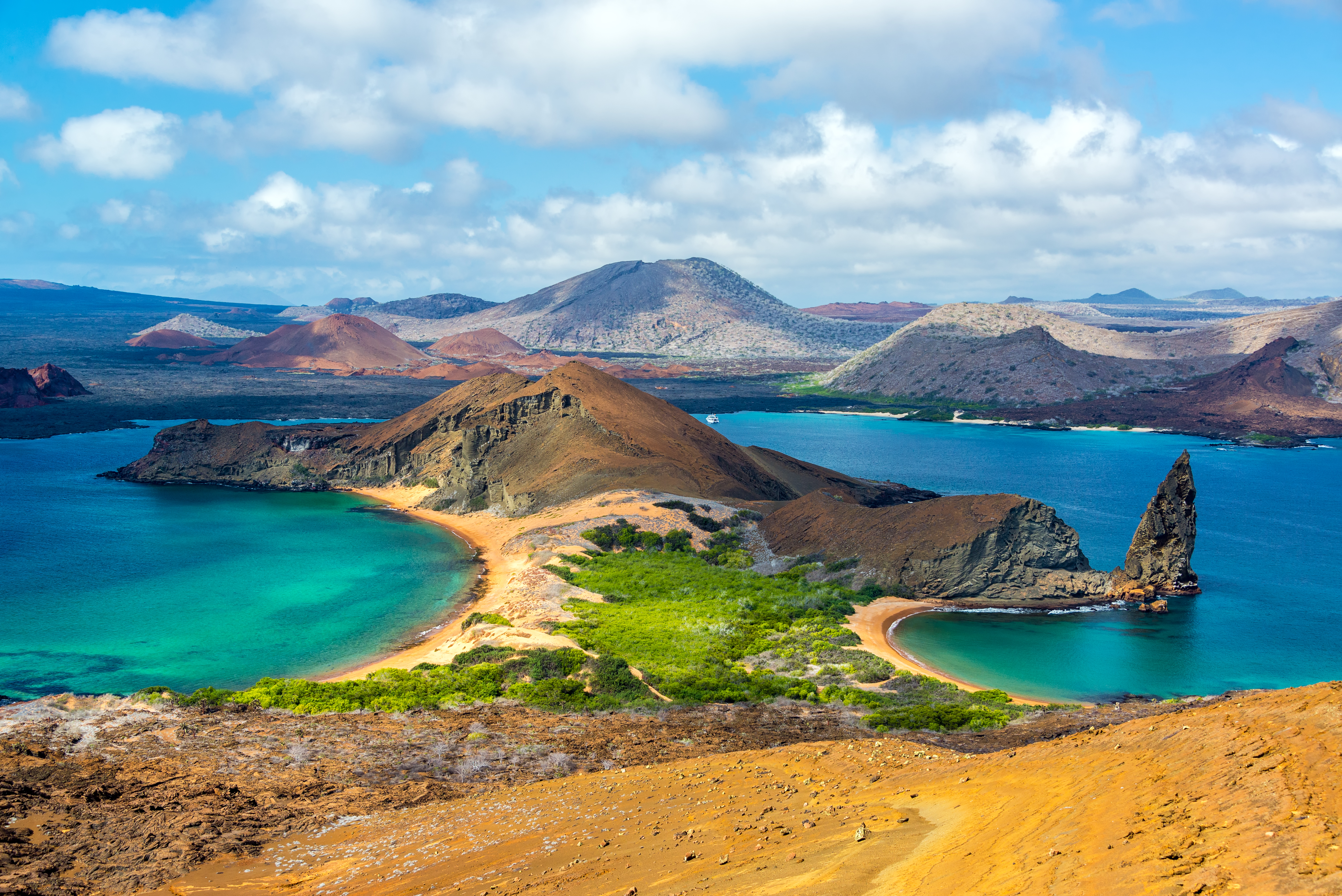
The best expedition cruises sail to places off the beaten track and into the wilderness. For example, there are Antarctic and Arctic expedition cruises that take in the icy polar lands with all their incredible wildlife and rugged but utterly magnificent environments.
You’ll also find northern lights expedition cruises that sail around the coast of Norway, discovering its serene landscapes and fascinating communities while you keep your fingers crossed for seeing the magic of the aurora borealis.
Sailing to the Galapagos Islands is a once-in-a-lifetime experience and potentially tops the list for the best expedition cruise. A Galapagos expedition cruise will take you to the unique archipelago that inspired Charles Darwin’s Theory of Evolution.
The wildlife here is iconic in its uniqueness and beauty, and these expedition cruises allow you to learn all about it firsthand. Other breathtaking regions that expedition cruises explore include Canada and Alaska, Australia and the Pacific Islands and even The Amazon.
What other differences can I expect between expedition cruising and a traditional cruise?
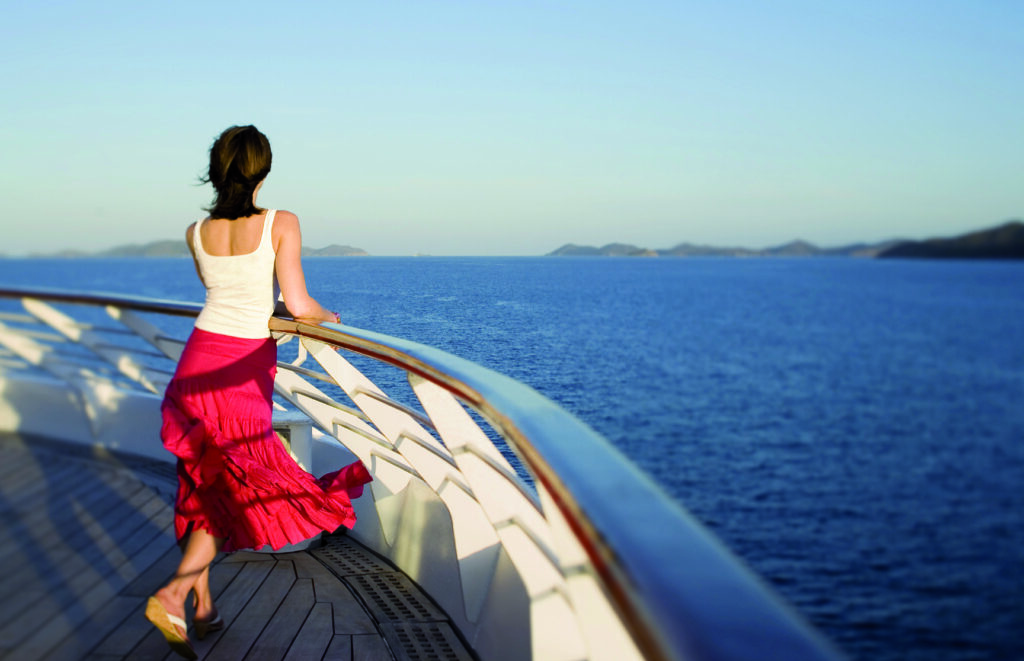
Alongside the unique, remote locations and the smaller cruise vessels, there are a few other key differences that make expedition cruises different:
Crew and guests
Expedition cruises require expert guides as part of their crew. These individuals are often highly educated in their field and can offer fascinating insights into the area you’re visiting. Of course, the crew will also be fully trained in ensuring your safety on these expeditions and skilled at delivering the best possible experiences.
Cruise guests on expedition cruises also tend to have a different outlook than those on traditional cruises, being more adventurous and seeking active excursions.
Flexible itineraries
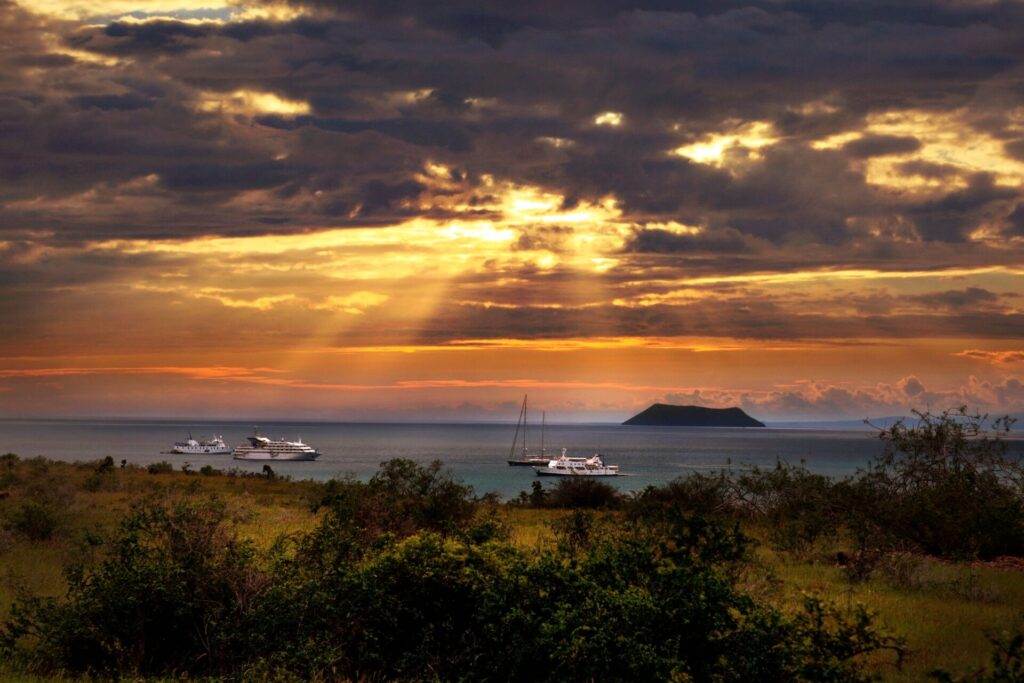
On expedition cruises, you need to be flexible. While there will be an itinerary in place, in these regions, conditions can change.
Sometimes, these changes can be for the better. Perhaps, your guide has spotted amazing wildlife or an incredible natural feature, so your ship makes a detour. However, the nature of going to remote places like these is that sometimes weather or sea conditions mean that you cannot sail the planned route and must make a last-minute change.
The key to these trips is being flexible. Particularly when it comes to wildlife, there is no guarantee; but that all adds to the excitement.
Onboard facilities
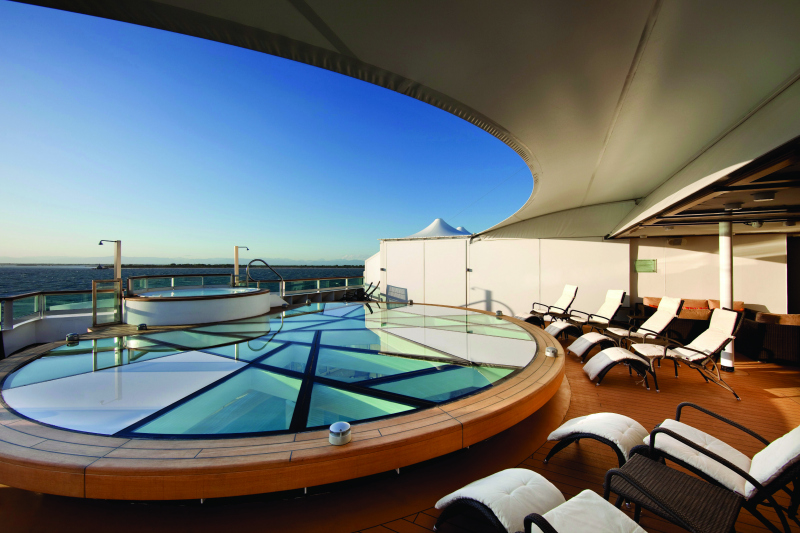
In general, expedition cruise ships are designed for their purpose. While they are comfortable, they are not typically as extravagant as your traditional cruise ship.
Expedition cruise ships will vary between cruise lines, and newer ones are becoming more luxurious. Nonetheless, most will not offer traditional cruise entertainment or nightlife or have special features on board, such as water slides or zip lines.
On these trips, you’ll often have insightful presentations in the evening. There may also be a gym or a library. Food is usually of a high standard. However, the dining options will not usually be as extensive as those on large cruise ships.
Another thing to be aware of when it comes to onboard facilities is Wi-Fi, which may be limited as you travel to more remote locations.
Opportunity for adventurous activities
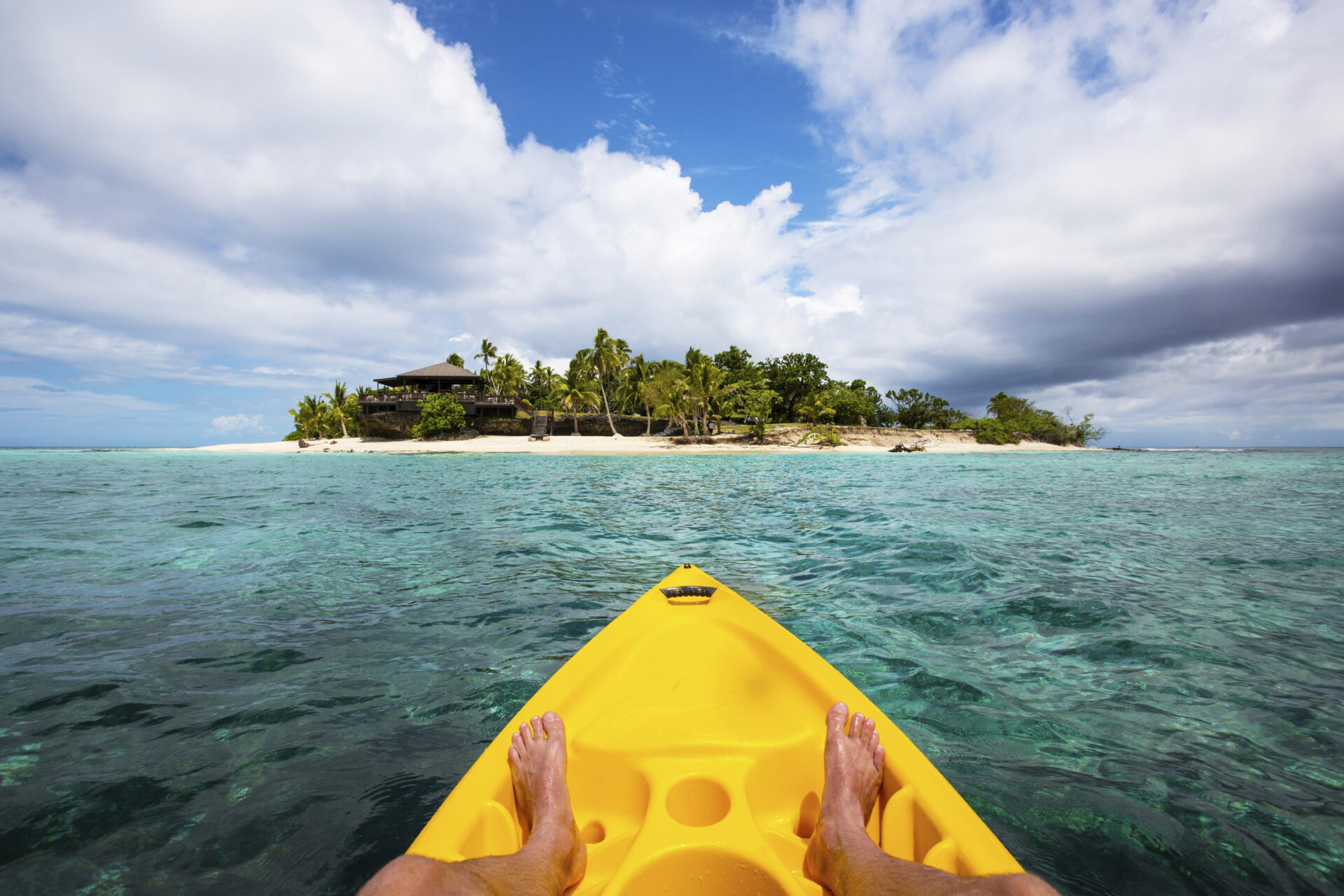
One of the compelling aspects of expedition cruises is experiencing these landscapes from unique and exciting perspectives. Depending on the destination, there may be hiking, climbing, kayaking, swimming or snorkelling opportunities.
Hopefully, you’ll have close encounters with wildlife and be able to enjoy some awe-inspiring stargazing, too.
To go on these excursions, usually, you will have to transfer to a Zodiac and then onto the shore. Therefore, a certain degree of agility is required, especially if the terrain is rugged.
However, the crew will be there to assist if needed, and no excursion is compulsory.
Packing casual

With this type of trip, the dress code is much less formal. Usually, there is no expectation to dress up for dinner, and you may want to save your packing space for those extra layers!
When deciding what to pack, it is a good idea to research the location’s climate. Many expedition itineraries are in cold regions; therefore, warm clothes, layers and waterproof clothing are a must.
Having said that, check with your cruise line first, as some cruise lines provide some of the gear needed to stay warm and dry, such as waterproofs and suitably warm coats.
Which cruise line is best for expedition cruises?
These days, there is much more choice of cruise lines when it comes to expedition cruises as interest grows in this type of trip. When choosing your cruise line, the itinerary will be a significant factor. Other questions may include, ‘Where can I take an expedition cruise from?’ and ‘What can I expect onboard?’
Below, we look at three of the best cruise lines for an expedition cruise.
Silversea
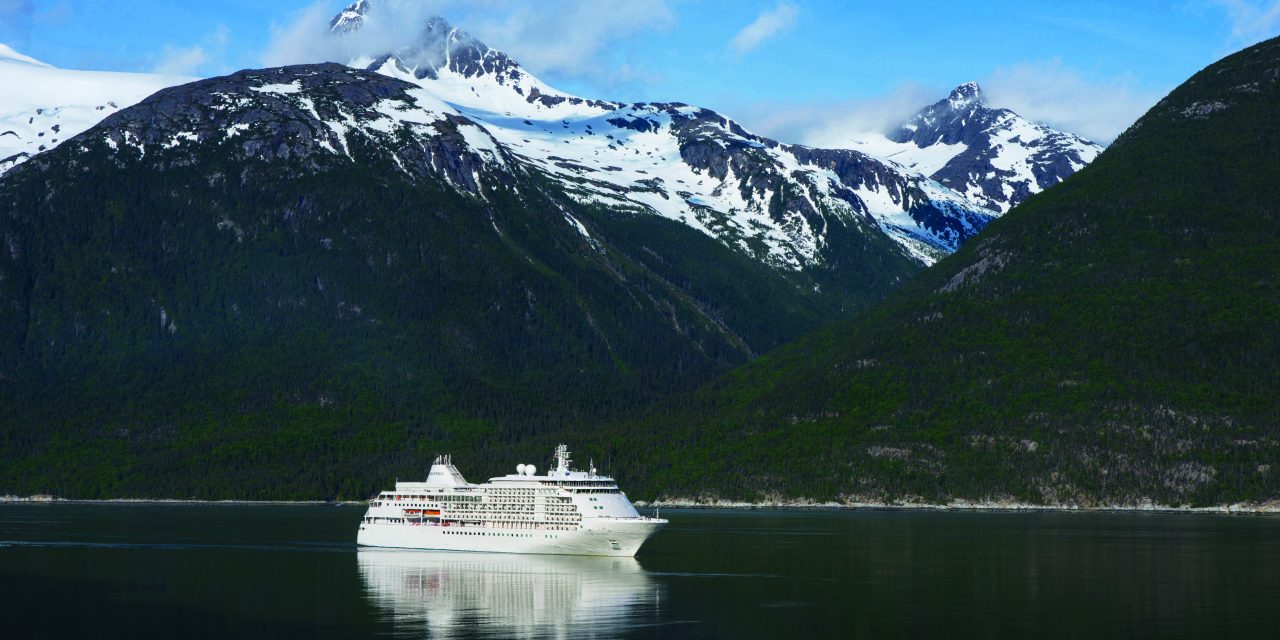
Silversea is an expert in this field, offering expedition cruising since 2008. With Silversea, you can explore these remarkable destinations in luxury.
It now has five expedition-specific vessels, with its newest ship, Silver Endeavour, promising ultra-luxury and state-of-the-art equipment and technology.
Silversea sails to many corners of the globe, from Antarctica and South America to the Arctic, Greenland and Iceland and many destinations in between. You’ll need to take an international flight to the ship for most cruises.
However, Silversea offers all-inclusive packages with flights and transfers included.
Hurtigruten
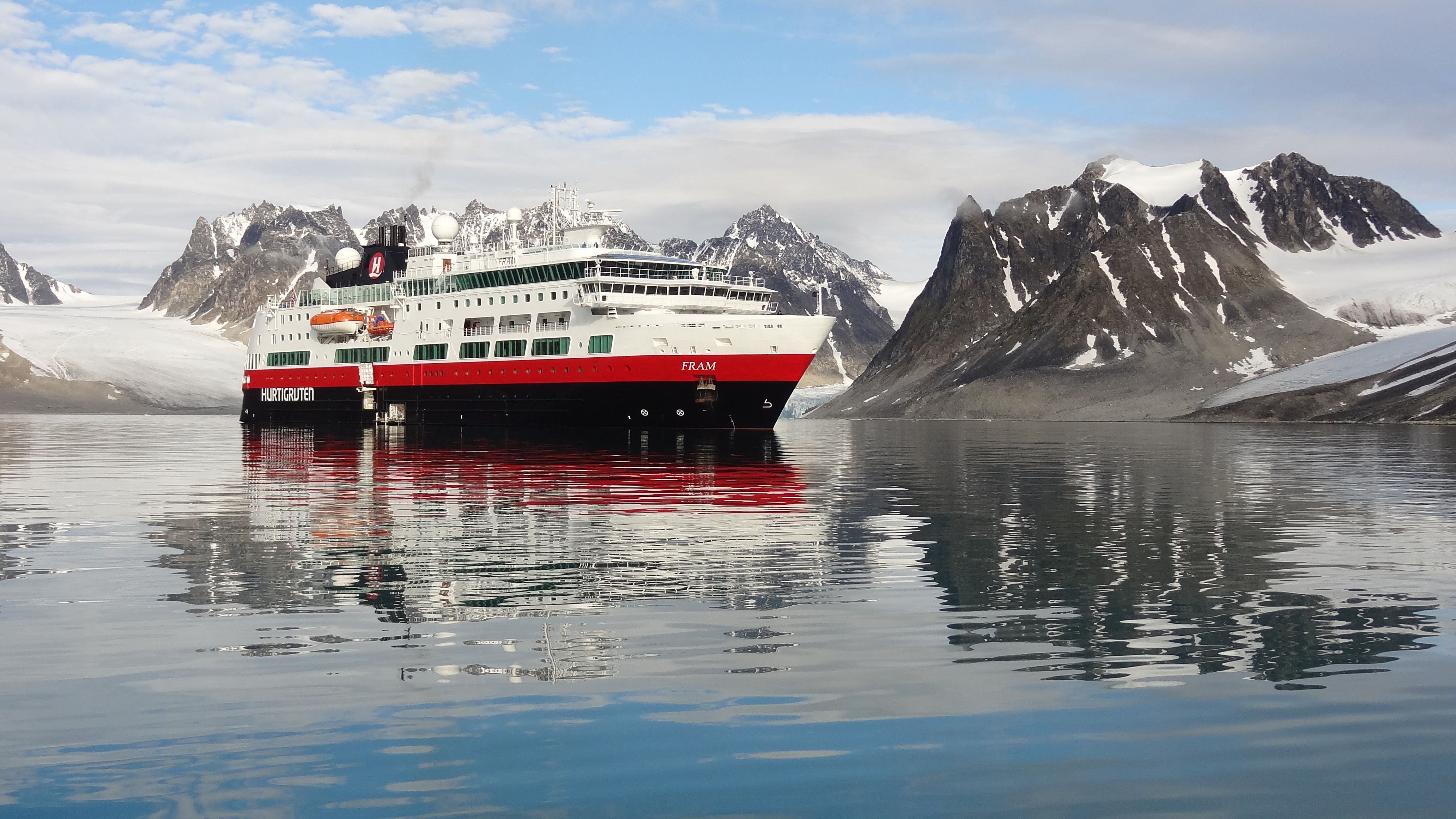
Hurtigruten completed its first expedition in 1896 when it sailed to Svalbard. It’s a cruise line with immense knowledge, and its modern fleet allows you to discover these destinations in comfort.
Hurtigruten is also committed to sustainability, seeking to reduce its carbon emissions and food waste while protecting the destinations it visits. Hurtigruten expedition cruises sail to 15 locations around the globe, including the Polar Regions, the Galapagos and the Northwest Passage.
For more far-flung destinations, you will need to take an international flight. However, Hurtigruten also offers some no-fly cruise itineraries exploring Norway and Iceland, sailing from Portsmouth and Liverpool.
Seabourn
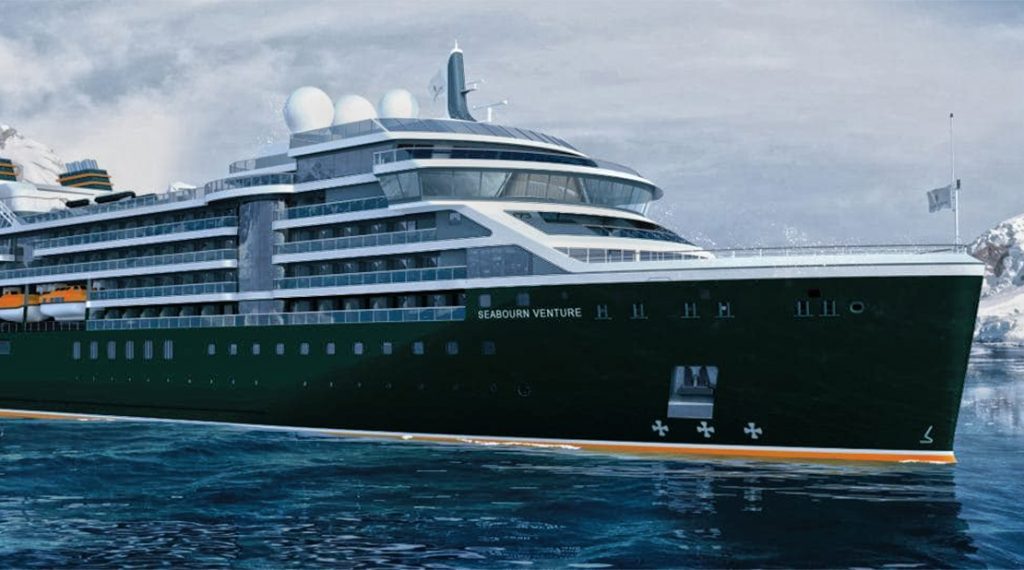
Seabourn Expeditions is another example of a cruise line aiming for ultra-luxury on its trips with its first-class service, suites and dining. Its new expedition-designed vessel, Seabourn Venture, was launched last year as an all-suite ship with two custom-built submarines.
Its sister ship, Seabourn Pursuit, is due to launch in 2023. Seabourn itineraries cover five continents worldwide, from Antarctica and the Arctic to the Far East and Alaska. Again, international flights are required for destinations further afield, but Seabourn also offers closer-to-home expedition cruises around the British Isles.


